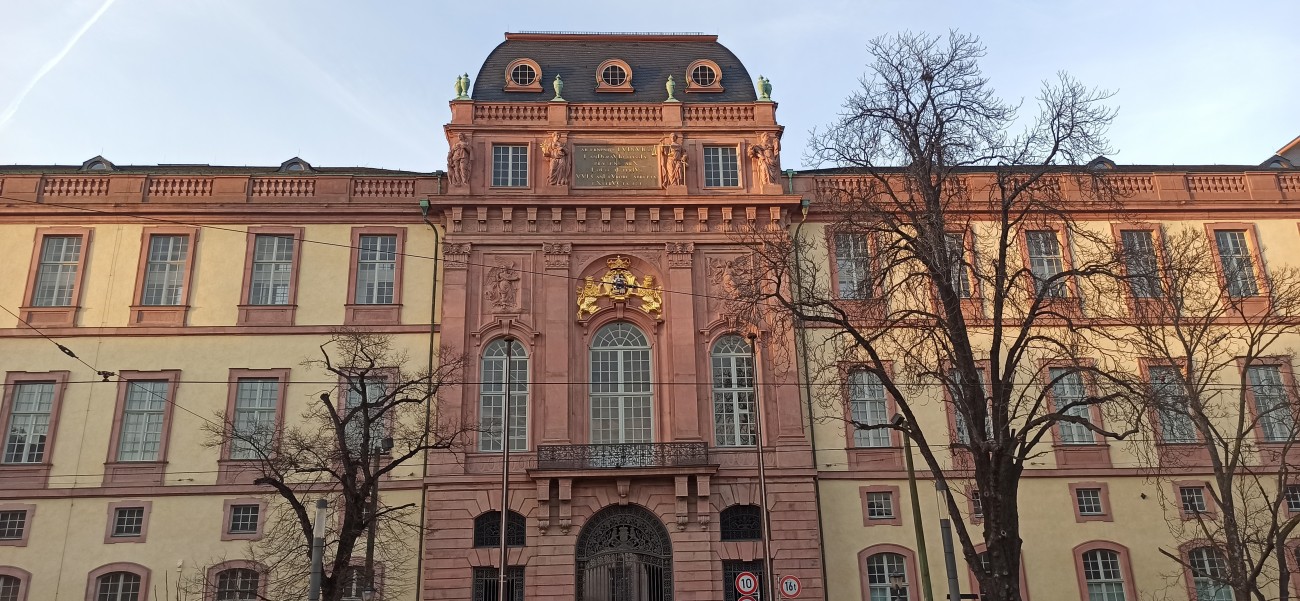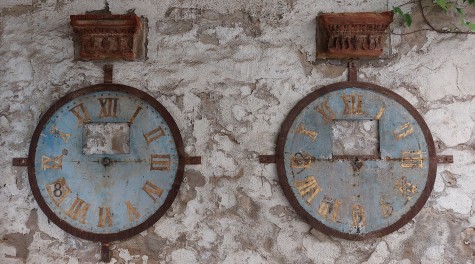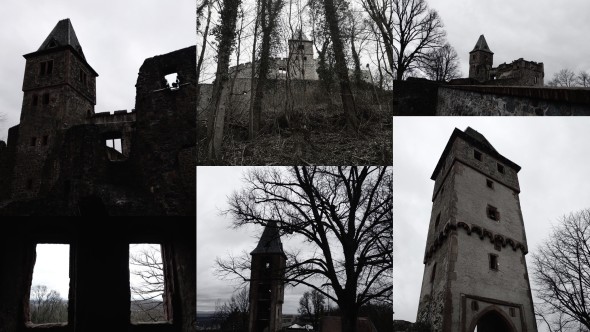Published: 15.02.2023, last edit: 19.09.2023
Reopening Wissenschaftsschloss Darmstadt
On 16 September 2023, the Wissenschaftsschloss (Science Castle) Darmstadt was finally reopened after ten years of construction work. Now you can stroll through the old walls again (almost) at any time.
From the beginnings …
The Residential Palace of Darmstadt has been an enduring landmark of the city for more than 600 years. Built in the middle of the 13th century, the moated (surrounded by water) castle has been the home of the Katzenelnbogen counts until 1479, whose line dates back to 1095. The castle has been seized, destroyed, rebuilt and used by many rulers. Combining Baroque and Renaissance, the castle is the real gem of Darmstad's downtown and an inspiration for TU Darmstadt's architecture students.
Christina,
B.Sc. Computer Science
After the First World War, the castle became state property and was opened as a museum in 1924.
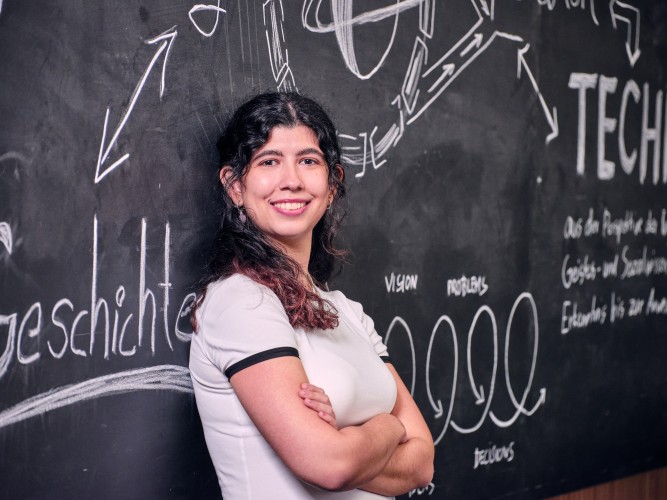
The Schlossmuseum
The Schlossmuseum is the place to visit if you want to learn the history of Landgraviate of Hesse-Darmstadt of the Royal House of Hesse which is connected to the many other royal lines in Europe. The museum is full of art objects that miraculously survived WWII. From old 12-kilo dresses to Japanese porcelain. A curious fact – Goethe was a regular visitor in the Palace.
A living heritage – the Residenzschloss in Darmstadt
Recommended external content
We have selected external content from YouTube for you and would like to show it to you right here. To do this, you must reveal it with one click. You can hide the external content at any time with another click.
I agree to external content from YouTube being shown to me. This may result in personal data being transmitted to third-party platforms. You can find more information in our Privacy Policy.
… Destruction and Redevelopment …
The castle suffered greatly during World War II. After the bombing and fire on the 11th of September 1944, the castle lay in ruins along with the city. More than 400,000 volumes of the state library were lost and the only parts that remained unscathed were the roofs of some intermediate buildings that were renovated in the 1930s. Following this event, the city was handed over to the Americans, who set up their headquarters in the castle.
In 1955/1956, the process of renovating the deteriorated castle begins and in 1960, a decision is made to rebuild it for the Technical University (former Technische Hochschule). In 1966, the Technical University finally moves into the newly constructed buildings.
… to the current use
A small leap forward in time: in 2005 TUDa actually becomes “Schlossbesitzerin” – the official owner of the Residential Palace. And in 2008 starts another round of renovations.
To follow the Castle’s almost millenial chronics click here.
Currently, six University buildings 312 – 317 are located in Schloss and it is the residence of the Department of History and Social Sciences, namely the institutes of History, Political Science, Sociology, Linguistics and Literary Studies, Philosophy, Theology and Social Ethics.
In addition, the third location of the University and State Library is found in the castle as well as some units of the central administration and the Executive Board of the TU Darmstadt.
Masha,
M.A. Data and Discourse Studies
Students of humanities crossing the bridge over the moat on their daily way to classes enter the timeless place of reflection and contemplation.
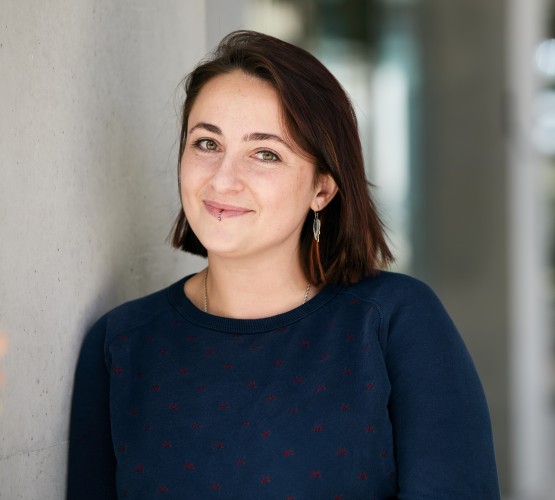
The castle remains an important part of the city, both historically and culturally. Since 1999, the castle has been the venue for one of the largest open-air and music festivals in Germany, the Schlossgrabenfest. Besides, the castle becomes a picturesque backdrop in winter, when the scent of gingerbread and mulled wine as well as the first snow surround the historic walls!
The Castle hosts Schlosskeller and Schlossgarten Cafe-Bar run by the Student Union ASTA.
Check out those unique and inviting places with student's-friendly prices and an unbelievable exciting atmosphere.
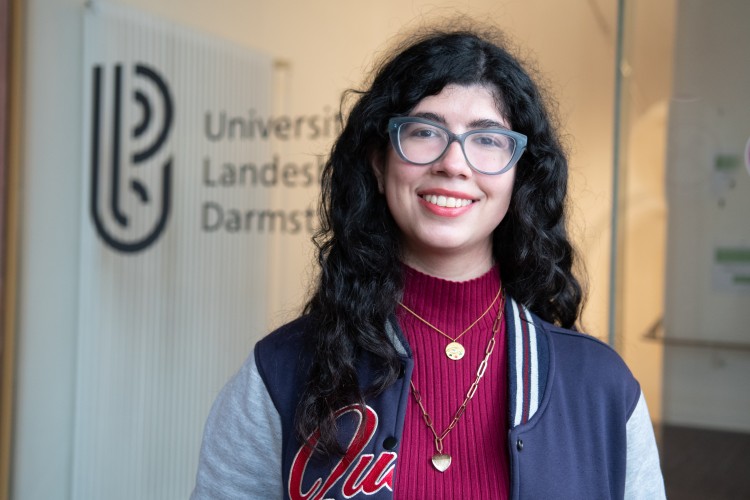
Christina
Hey! I’m Christina and come from Greece. Right now, I’m studying Computer Science and I chose TU Darmstadt because it provides the perfect combination of innovation and learning opportunities. I find Computer Science very interesting because there is always something new to learn and discover!

Masha
Hey! My name is Masha and I’m doing my master’s in Data and Discourse Studies. It always takes long to explain what exactly I am studying. My program is a kaleidoscope of disciplines and methods, which are weirdly and fruitfully intertwined together. For me it is a fusion of hobby and profession: languages, history, programming, philosophy! I love it how we mix approaches trying to gain this voluminous image of our world.

